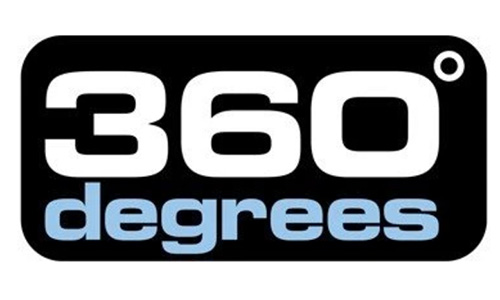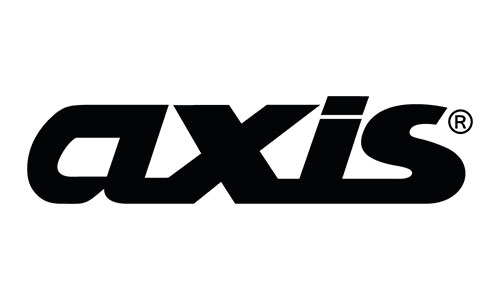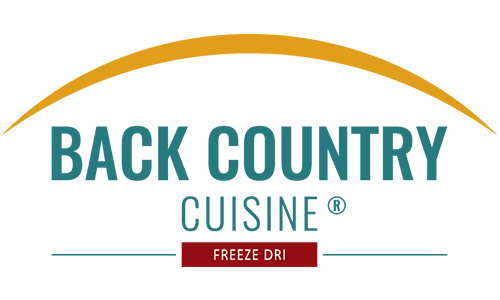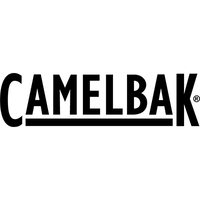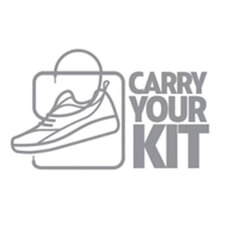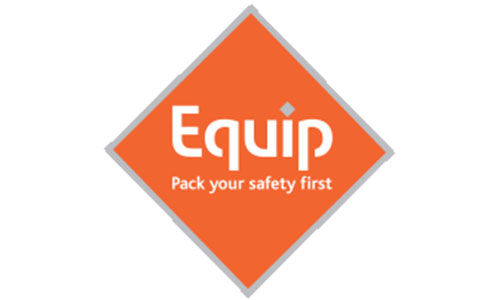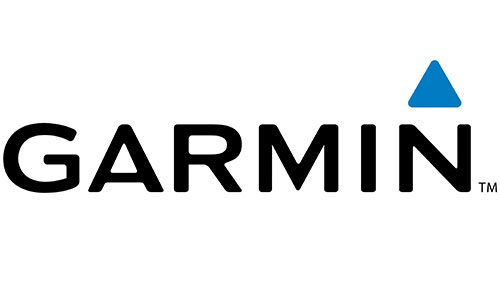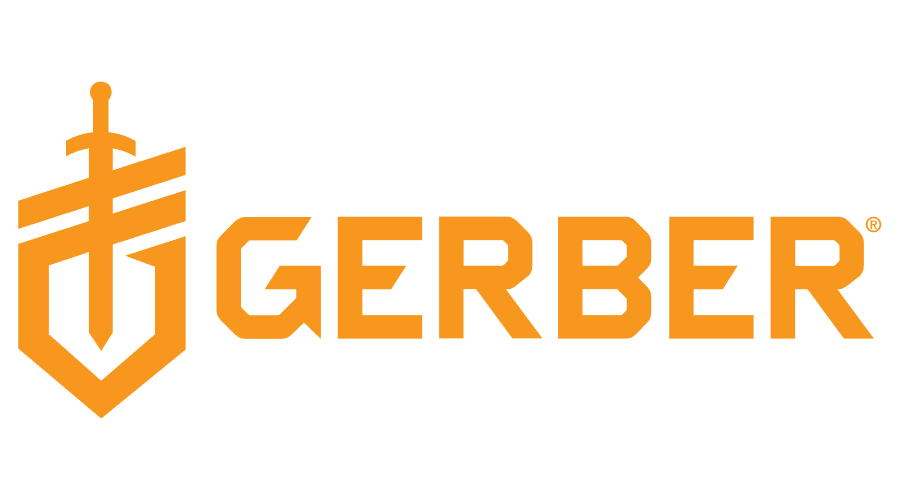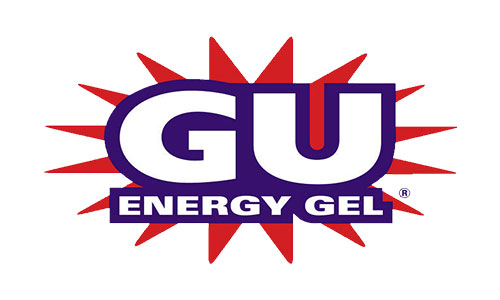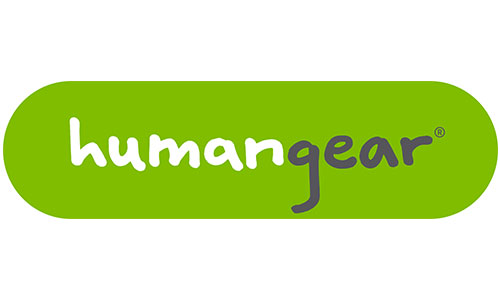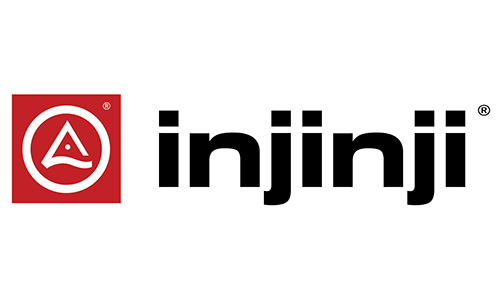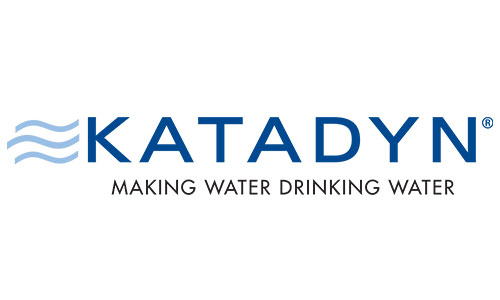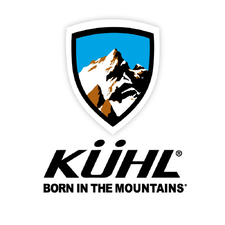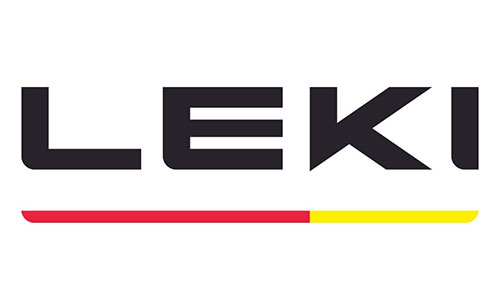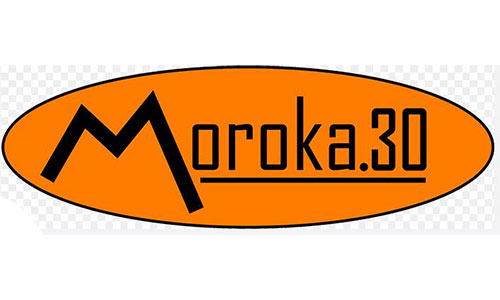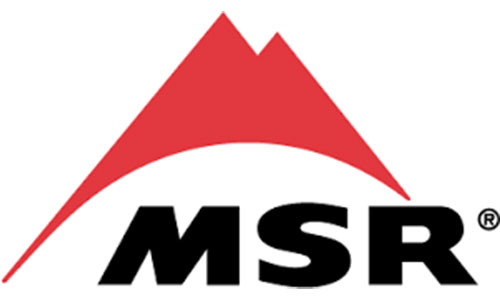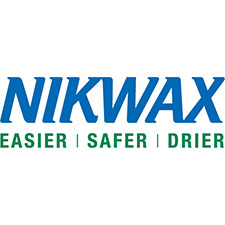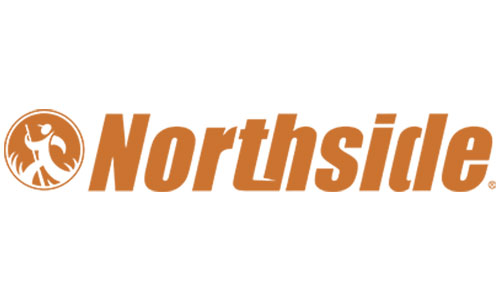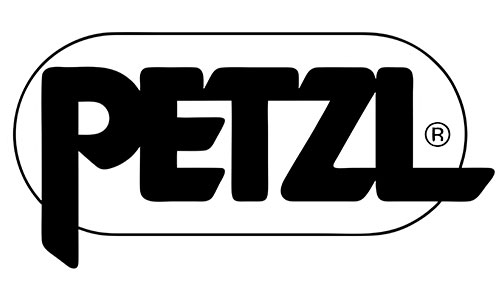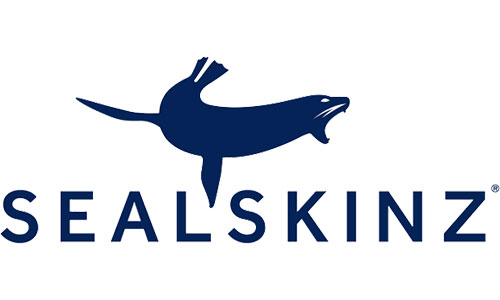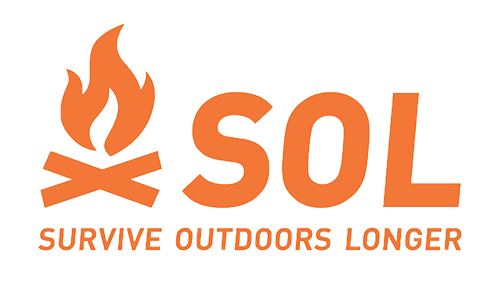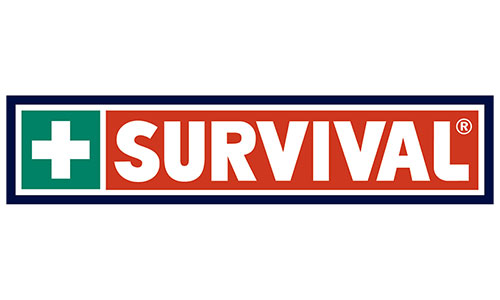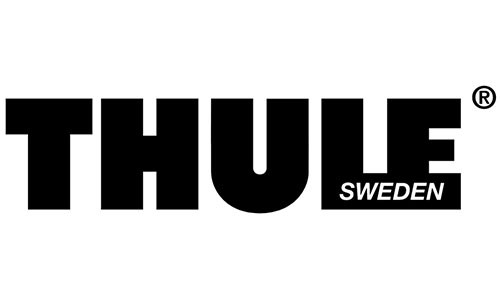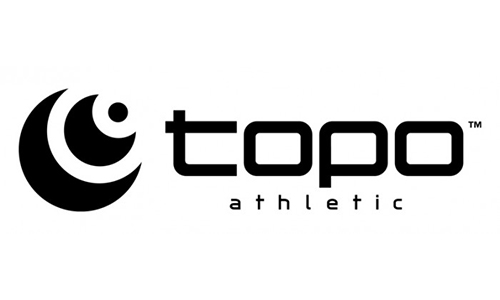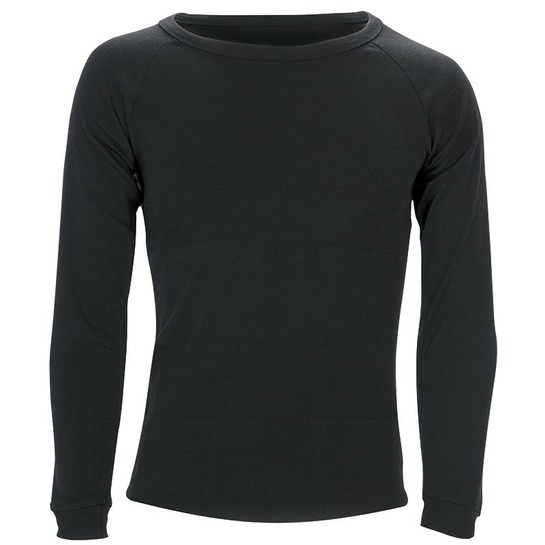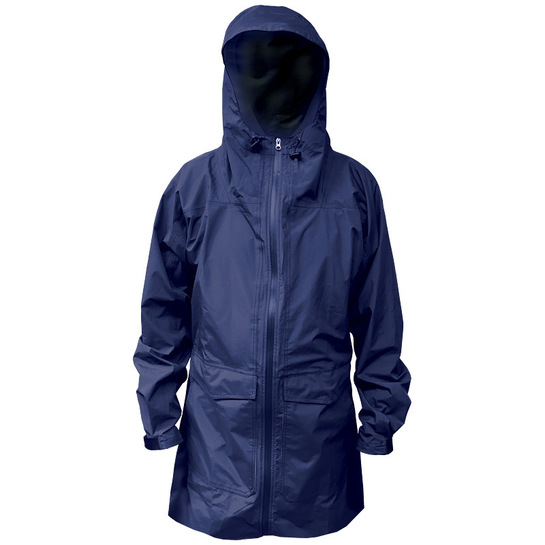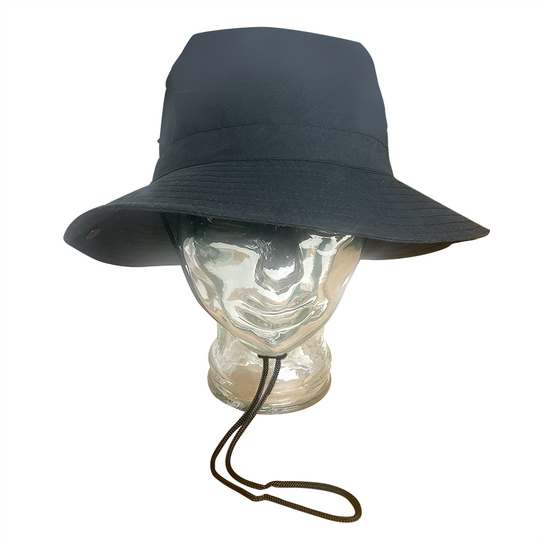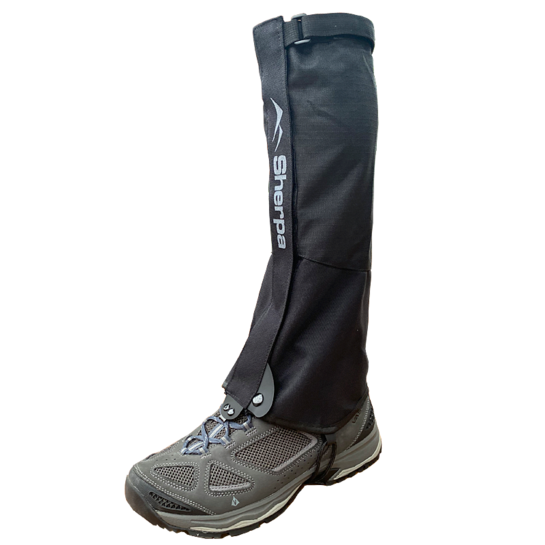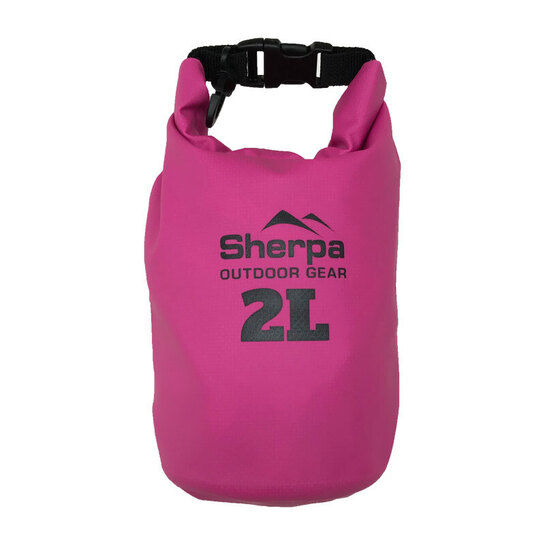- Date Posted: 15 October 2021
Things to consider when looking to buy Hiking Footwear:
1. Duration of hike/walk - how long will you be on your feet?
The longer the walk, the more strain on your body and feet and the more support you will need underfoot. A longer, multi-day hike will also require you to carry more weight in your pack that also requires more support. Boots made of synthetic materials are lighter and cooler than leather products so may be better for short day walks and fast hiking however they aren’t as durable over the long run.
2. Weight of pack - how much weight will you be carrying on your feet?
Did you know that your “walking weight” is made from your actual weight plus push energy which typically adds 30% to your overall weight! An average day of walking brings a force equal to several hundred tons of pressure on the feet. Add a heavy pack to this and you can see why you need good support under foot! For day walks where you are carrying a small backpack a lightweight hiking shoe or boot would be suitable however for a longer multi-day hike with a heavy backpack its important to get a more supportive shoe that is less likely to break down over time.
3. Terrain of the hike/walk - will you be walking on rocky ground, slippery gravel or in wet mud?
The terrain of your hike will determine the amount and type of support you need for your feet. If you plan to be walking a technical track on rocky terrain we would recommend looking at a hiking boot for better ankle support. Boots also provide more protection from mud and water getting into the shoe. Terrain will also have a big impact on the wear and tear on the shoe so if your planning lots of walking on rocky, uneven terrain it's better to go for a leather, all terrain (AT) boot or shoe rather than a lighter weight option.
Form and Fit
What is a Shoe 'Last'?
The last of a shoe is the solid form around which a shoe is molded. The fit of a shoe depends on the design, shape and volume of the shoe last. The shoe last must accommodate the anatomical features of the foot, while giving the finished shoe a great appearance. The dimensions of the last correspond to the size and width of the boot. One last can be used in many styles, resulting in different looking but similar fitting shoes. Our Vasque range covers two different lasts, Arc temp + Last (used in AT styles) and the Ascent Last (used in LT styles)
| Arc Temp+ Last | Ascent Last |
|---|---|
|
|
Materials
Materials impact a boot’s weight, breathability, durability and water resistance. All Vasque boots and shoes come with a waterproof GORETEX® membrane but the upper material, midsole and outsole differ between styles.
Upper Material
Vasque use Nubuck leather for their All Terrain (AT) shoes and a lighter Synthetic 'leather' in their Lightweight (LT) shoes. Nubuck leather is a full-grain leather that has been buffed to resemble suede. It is the more durable option when comparing with a synthetic and offers superior water and abrasion resistance. The lighter weight Vasque shoes (LT) use a Synthetic leather upper made from polyester and nylon. Synthetics have the benefit of being lighter, cooler and more flexible than leather. Synthetic uppers will also have a much shorter break-in period and tend to cost less, but aren’t as durable over the long run.
Midsole Material
The midsole provides cushioning, buffers feet from shock and largely determines a boot’s stiffness. EVA is a bit cushier, lighter and less expensive. Midsoles use varying densities of EVA to provide firmer support where needed (e.g, around the forefoot). Polyurethane is generally firmer and more durable, so it’s usually found in extended backpacking and mountaineering boots.
Outsole Material
Rubber is used on all hiking boot outsoles. Vasque uses a combination of industry-leading outsole technologies and compounds to deliver appropriate traction and control with different lug patterns across different styles. Lugs are traction-giving bumps on the outsole. Deeper, thicker lugs are used on backpacking and mountaineering boots to improve grip. Widely spaced lugs offer good traction and shed mud more easily.

